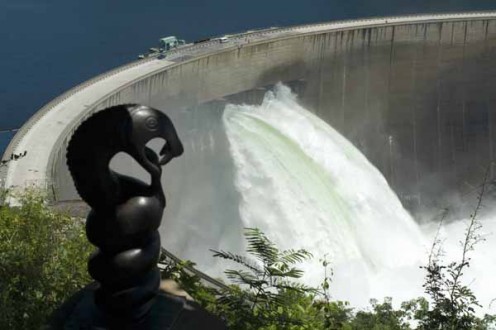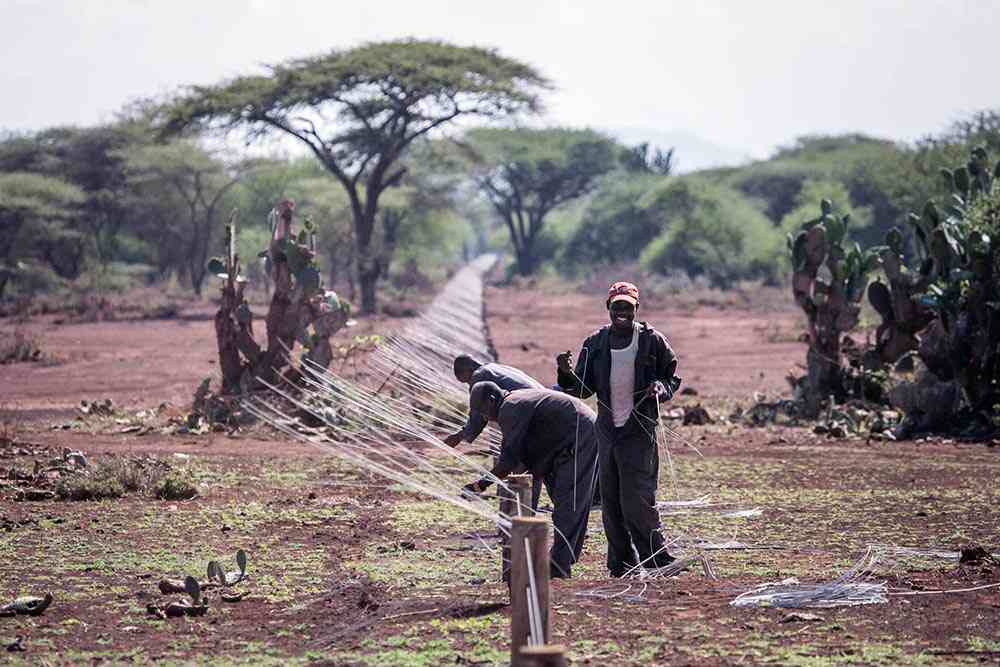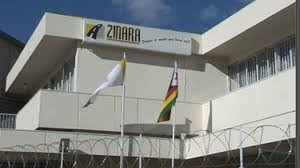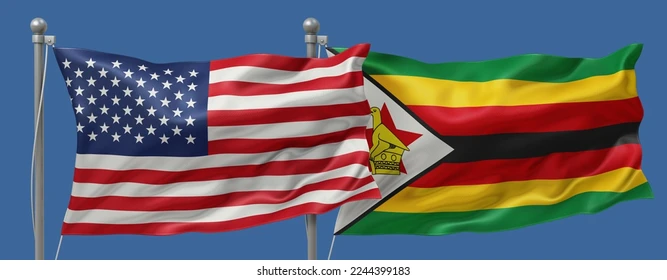
ENERGY-USE curbs by Zambia will keep its largest electricity plant at the world’s biggest man-made lake and reservoir, Lake Kariba, going until November, when seasonal rains may begin replenishing water levels at the hydropower station.
“If we don’t do anything right now, by October we’ll have nothing,” Jackson Sikamo, president at the Chamber of Mines, which represents mining companies in Africa’s second-biggest copper producer, said by phone last Thursday.
“If we do something right now, we’ll be able to run up to November and then the rains will come and we’ll be able to continue to operate at reduced levels.”
The Kariba North Bank generation facility has capacity to provide as much as 1 080 megawatts (MW), nearly half of Zambia’s normal power production.
Water levels at the reservoir had dropped to 40% by July 19, according to the Zambezi River Authority, half of where they were 12 months earlier.
Neighbouring Zimbabwe also relies on the dam for electricity.
Zambia in June started cutting power to customers other than mines by as much as 10 hours a day because of reduced generation at Kariba and the Kafue Gorge plants.
Copper producers agreed August 11 to cut their power use by 30% to avert exhausting water levels at the Kariba generators and forcing them to be switched off in the first week of October, Sikamo said.
- Chamisa under fire over US$120K donation
- Mavhunga puts DeMbare into Chibuku quarterfinals
- Pension funds bet on Cabora Bassa oilfields
- Councils defy govt fire tender directive
Keep Reading
Zambia usually gets its first rains in November and water levels at Kariba, fed by the Zambezi River, start rising from March, according to the river authority’s website.
This could be threatened by El Nino, a weather system building in the Pacific Ocean since March that affects rainfall in southern Africa.

There is a “significant chance” El Nino could in 2015 reach the strongest levels in 35 years, according to the World Food Programme.
While it is difficult to make predictions of the effect on Zambian precipitation at this stage, “the odds are on reduced rainfall,” Mark New, director at the University of Cape Town’s African Climate and Development Initiative, said in reply to emailed questions.
“If mines’ power consumption continues at the current rate, the country may get to a point, before year-end, where the power station will have to be switched off,” Chama Nsabika Kalima, a spokeswoman for Copperbelt Energy Corp, said in an emailed reply to questions.
The company supplies electricity to most Zambian mines.
First Quantum Minerals Ltd, Barrick Gold Corp, Glencore Plc and Vedanta Resources Plc are among mining companies with operations in Zambia that account for more than half of its electricity demand.
The country produces more copper than any other in Africa aside from the Democratic Republic of Congo.
Zambia, which relies on hydropower for more than 95% of its electricity generation, has a 540MW deficit because of the low water levels, Mines and Energy minister Christopher Yaluma told lawmakers on July 2.
Production at the biggest power project under construction, the 300MW Maamba coal plant, has been delayed until the mid-2016. Mining companies have the option of buying 148 megawatts of imported power from September 1 to help ease the shortage, according to Sikamo.
Kariba covers 5 580 square kilometers and can hold 185 billion cubic meters of water, according to Water-Technology.net. That makes it the world’s biggest man-made reservoir by water storage capacity. — online











